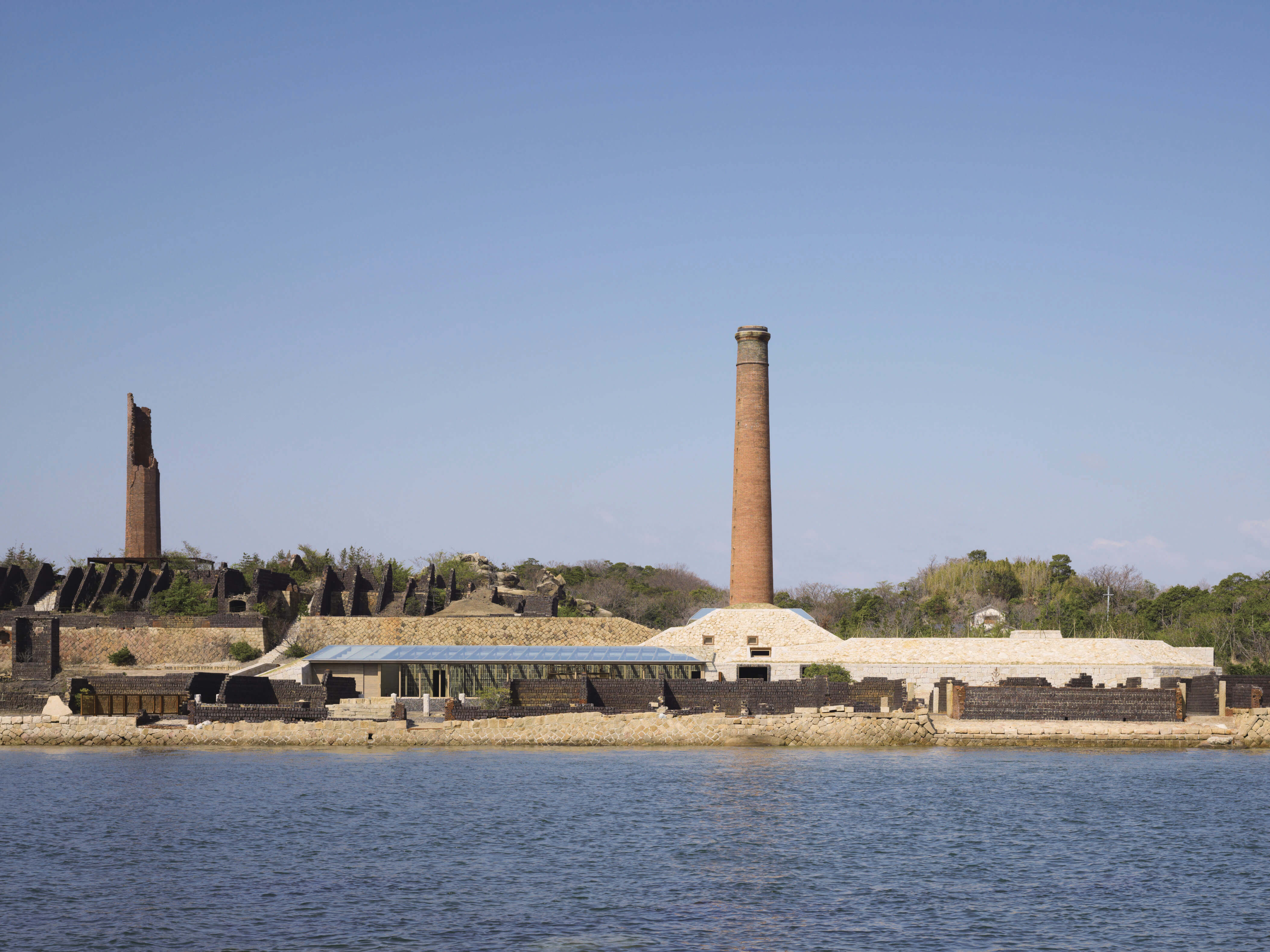Inujima, Where Art Intersects With Ecology

Inujima Seirensho Art Museum ©Daici Ano
Nestled alongside Naoshima and Teshima, Inujima is the smallest and most picturesque of the three islands devoted to art in the Seto Inland Sea. Literally meaning ‘the dog’s island’ because of a large rock that resembles a seated dog, Inujima is best known for its art which sits in harmony with the surrounding nature.
Once home to a thriving copper industry, Inujima decided to build its Inujima Seirensho Art Museum in 2008 not in a newly constructed space but to house the work inside the remains of a former refinery. Architect Hiroshi Sambuichi was inspired to ‘use what exists to create what needs to be’ in order to recycle an already existing site, in the name of best integrating with the surrounding environment. The museum is divided into six spaces, each highlighting a force of nature designated by the artist Yukinori Yanagi: the Sun Gallery, the Energy Hall, the Earth Gallery and the Chimney Hall.
In each space, works by Yukinori Yanagi present a unique reflection on the future of Japan, echoing the concerns of the famous writer Yukio Mishima, whose tragic destiny is well documented, committing suicide following the failure of his attempted coup. Mishima was a virulent critic of the modernisation of Japan, influencing Yanagi’s ecological thinking.
The museum is also a model for ecological architecture, using natural energy sources wisely, such as the deployment of mirrors, for both artistic purposes and better dispersing daylight inside spaces. In addition to this use of solar energy, the building also houses a sophisticated water purification system which uses the filtering properties of plants. All this makes for a striking, highly artistic and ecological visit.
Inujima Seirensho Art Museum
327-4 Inujima, Higashi-ku, Okayama 7048153
benesse-artsite.jp/en/art/seirensho.htmlTRENDING
-
The Tattoos that Marked the Criminals of the Edo Period
Traditional tattoos were strong signifiers; murderers had head tattoos, while theft might result in an arm tattoo.

-
Paris, Tokyo: Robert Compagnon
With his co-chef and talented wife, Jessica Yang, Robert Compagnon opened one of the top new restaurants in Paris: Le Rigmarole.
 3:31
3:31 -
The Story of Sada Yacco, the Geisha who Bewitched Europe
Described by Dazed magazine as the first beauty influencer, she has been restored to her former glory since 2019.

-
Ito Jakuchu's Naturalist Paintings
From 15 September until 14 October 2018, the Petit Palais showcased the artist's iconic ‘Images of the Colourful Realm of Living Beings’.

-
Chiharu Shiota, Red Threads of the Soul
Last year, more than 660,000 people visited the retrospective 'Chiharu Shiota: The Soul Trembles' exhibit at the Mori Art Museum.





